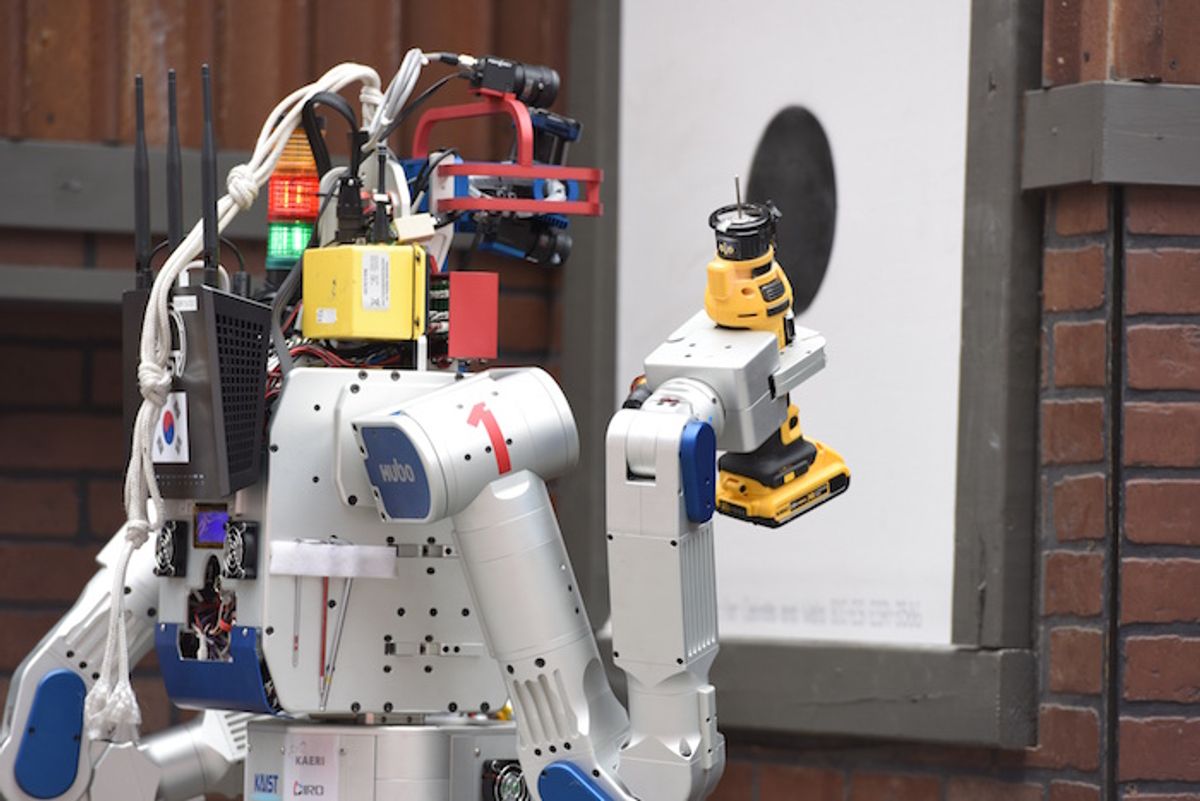This is a guest post. The views expressed here are solely those of the author and do not represent positions of IEEE Spectrum or the IEEE.
There are signs all around us indicating that the field of robotics is going through a major transformation. Robots are getting significant coverage in the media. A number of big companies that had little to do with robotics are suddenly on a buying spree to acquire robot companies. Countries that were not on anyone's radar screen just few years ago are now emerging as major players in the robotics arena. Many design and operational constraints associated with robots are being obliterated by, among other things, the use of cloud computing and social media. Costs are falling rapidly, enabling new applications. Even the notion of what was considered a robot is changing fast. All these signs seem to point that robotics is on the verge of something big that can hopefully impact our lives in a positive way.
This post lists six main trends and discusses their implications.
1. Commercial Investments
Recently the commercial sector has made significant investments in robotics. Google has bought several robotics companies. Amazon has bought Kiva Systems and morphed it into Amazon Robotics. Qualcomm has also made investments in robotics. Last week, Toyota, one of the world's largest car makers, announced a big push into AI and robotics. Even venture capitalists, who for many years didn't seem particularly attracted to robotics, are now extremely interested in funding robot startups. Hopefully, these will lead to the adoption of robotics in new applications and accelerate key technology developments, perhaps even propelling the field into what could become a “virtuous cycle of explosive growth."
2. Emergence of New International Players
Traditionally, robotics advances mostly came from Japan, the United States, and a few European countries. Now the field is expanding and new international players are emerging. China is making significant investments in robotics. Chinese manufacturers are currently leading the world in terms of procurement of new industrial robots. They are also developing their own low-cost industrial robots. The largest commercial drone maker DJI is from China. South Korea leads the world in terms of robots deployed per 10,000 workers. Recently, a South Korean team built the robot [pictured above] that won the DARPA Robotics Challenge, beating teams from the United States, Europe, and Japan. Switzerland, the Netherlands, and United Arab Emirates are among some of the other countries investing heavily in AI, robotics, and drones. The globalization of robotics is expected to create new opportunities and challenge the leadership of the traditional players.
3. Reduction in Hardware Costs
The cost of industrial robots such as articulated manipulators and mobile robotic platforms, as well as drones, has been declining in the commercial sector. This is expected to enable deployment of robots and drones in new applications. The agricultural sector is being projected as a major new market for robots and UAVs.
4. Popularity of Drones in Civilian Sector
The use of drones in the civilian sector both domestically and internationally is expected to grow at a rapid rate. Unfortunately, these robots have major vulnerability from the cyber security perspective. Recent examples of hacking of cars illustrate the vulnerability of these vehicles to cyber-attacks. New cyber-security technologies are needed to deal with attacks that can commandeer vehicles and cause physical damage. A serious incident in this area can influence public opinion and cause a major setback for this emerging field.
5. Cloud Robotics
Robots can leverage clouds to do massive data processing and exchange information with other robots in real time. Cloud robotics has the potential of freeing robots from computing constraints and giving robots “big enough brains" to deal with challenging situations that they couldn't deal with before. Advances in big data are also being embraced by the robotics community to deal with the massive data generated by sensor-rich robots.
6. Leveraging Social Media Data
Robots now have access to data on social media. They can mine data (like images, videos, and maps) on social media and, using AI techniques such as deep learning algorithms, gain new “perception" capabilities that can in turn expand their ability to “understand" the environment. Social media can also be used to crowdsource demonstrations for helping robots acquire new skills.



